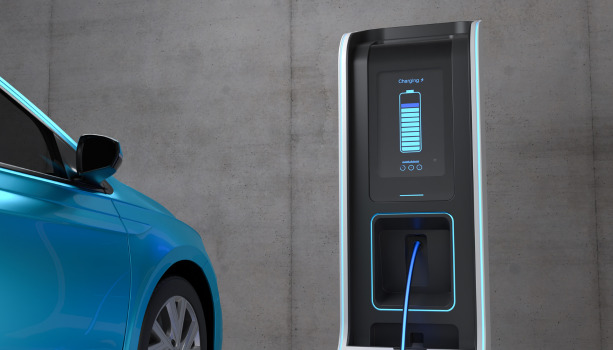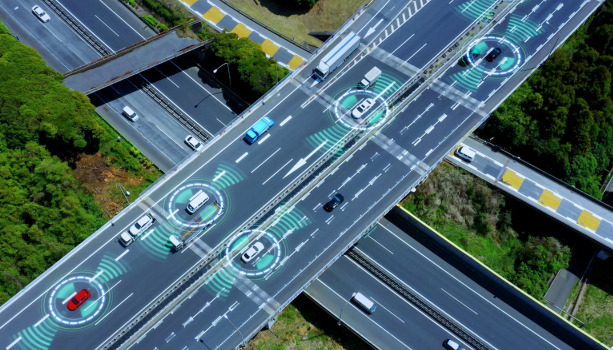With the rise of autonomous vehicles, it’s more essential than ever to consider what technologies and security systems are in place to ensure the safety of the vehicle and those in surrounding areas.
Take a look at what exactly defines an autonomous vehicle and the 3 must-have technologies for self-driving vehicles. (Accessibility version below)

3 Must-Have Technologies for Autonomous Driving
The levels of driving autonomy:
Level 1: Vehicles feature basic automated systems like braking or cruise control, but only as assistance. The driver must carry out actual driving.
Level 2: Vehicles can partially self-drive, controlling both speed or lane position in some situations, but the driver must be engaged and monitor at all times.
Level 3: Vehicles are in full control in many situations, monitoring traffic, steering, and braking — but may alert the driver to take over at a moment’s notice
Level 4: Vehicles can take over all driving tasks under certain use cases and conditions. The driver isn’t required to intervene, but has the option to do so if they desire.
Level 5: Vehicles do not require a human driver and can operate in any environments without human interaction.
To be truly autonomous, vehicles and their infrastructure systems must have certain technologies firmly in place to ensure the safety of the vehicles and those in surrounding areas.
Must-have #1: Sensors
In order to “see” what is ahead of them, autonomous vehicles use various types of sensors.
- GPS: Identifies the exact location of the vehicle and assists in navigation from point A to point B.
- Camera: Collects visual information from the road and traffic, sending it to the controller for processing.
- Radar: Reflects radio waves off surrounding objects, transmitting information about object’s location and speed. Radar cannot distinguish between different objects.
- Lidar: Uses laser pulses to build a 3D model of surroundings and differentiating objects. Lidar is not limited visually (e.g., dark, light, poor weather)
Must-have #2: Communication
To communicate with their surroundings, autonomous vehicles use various communication interfaces like V2V, V2I, V2N, V2P, to ensure safe driving.
Must-have #3: Security
According to a survey from 2017, 75% of respondents expressed concern that fully driverless vehicles may be susceptible to hackers. Automotive companies are spending more on cybersecurity measures, as the UN has mandated new regulations for managing vehicle cyber risks, which will take effect starting in 2021. In fact, cybersecurity spending is estimated to nearly double from 4.9 billion to 9.7 billion in 2030 (McKinsey).
Secure First, then Ride
With the rise of autonomous vehicles, it is inevitable that society will transition into a driverless one. But until this technology is more widely adopted, keep in mind the 3 must-haves to ensure that your ride is secure.
For more information on automotive technology and security, visit www.autocrypt.io



